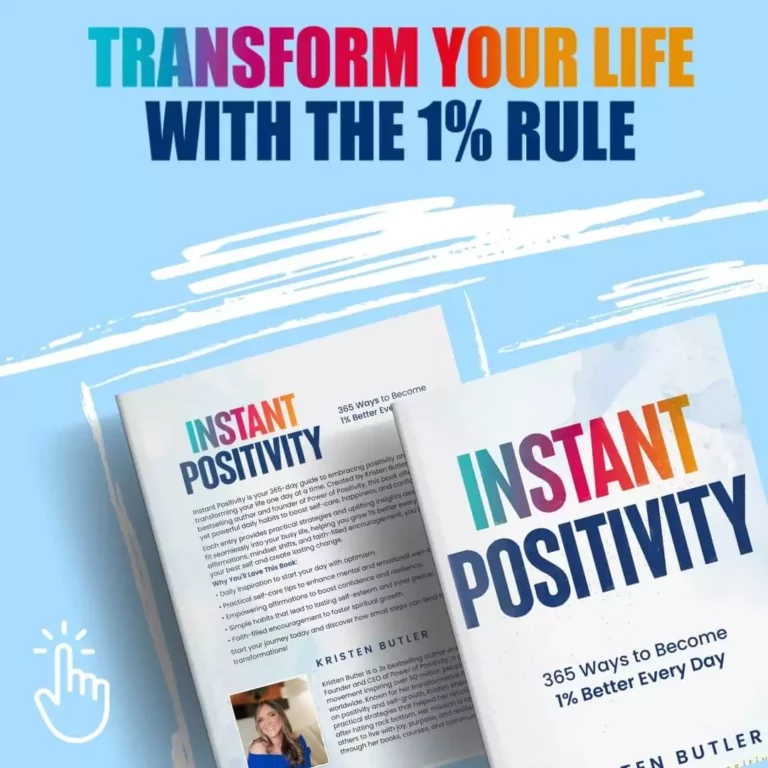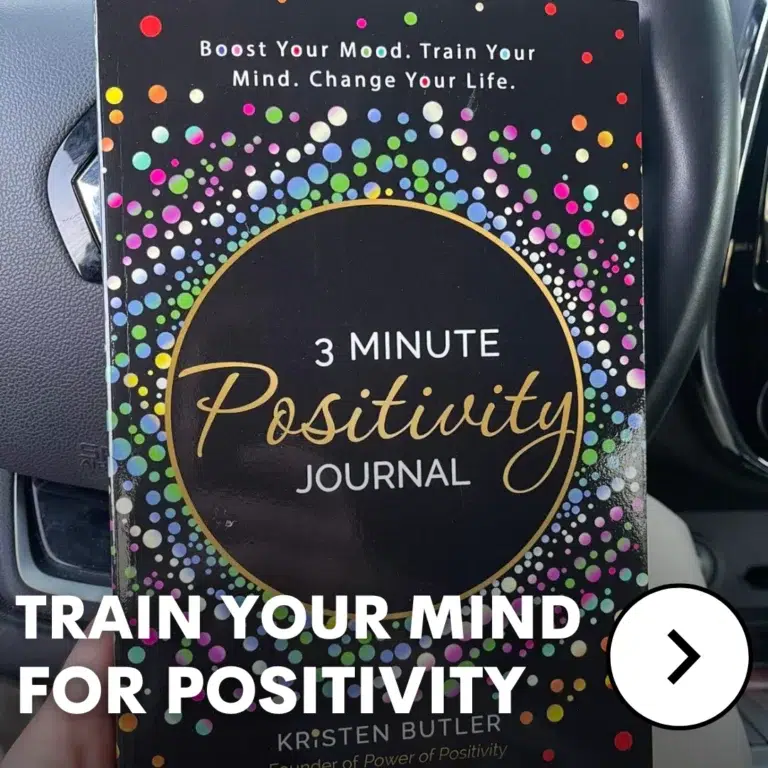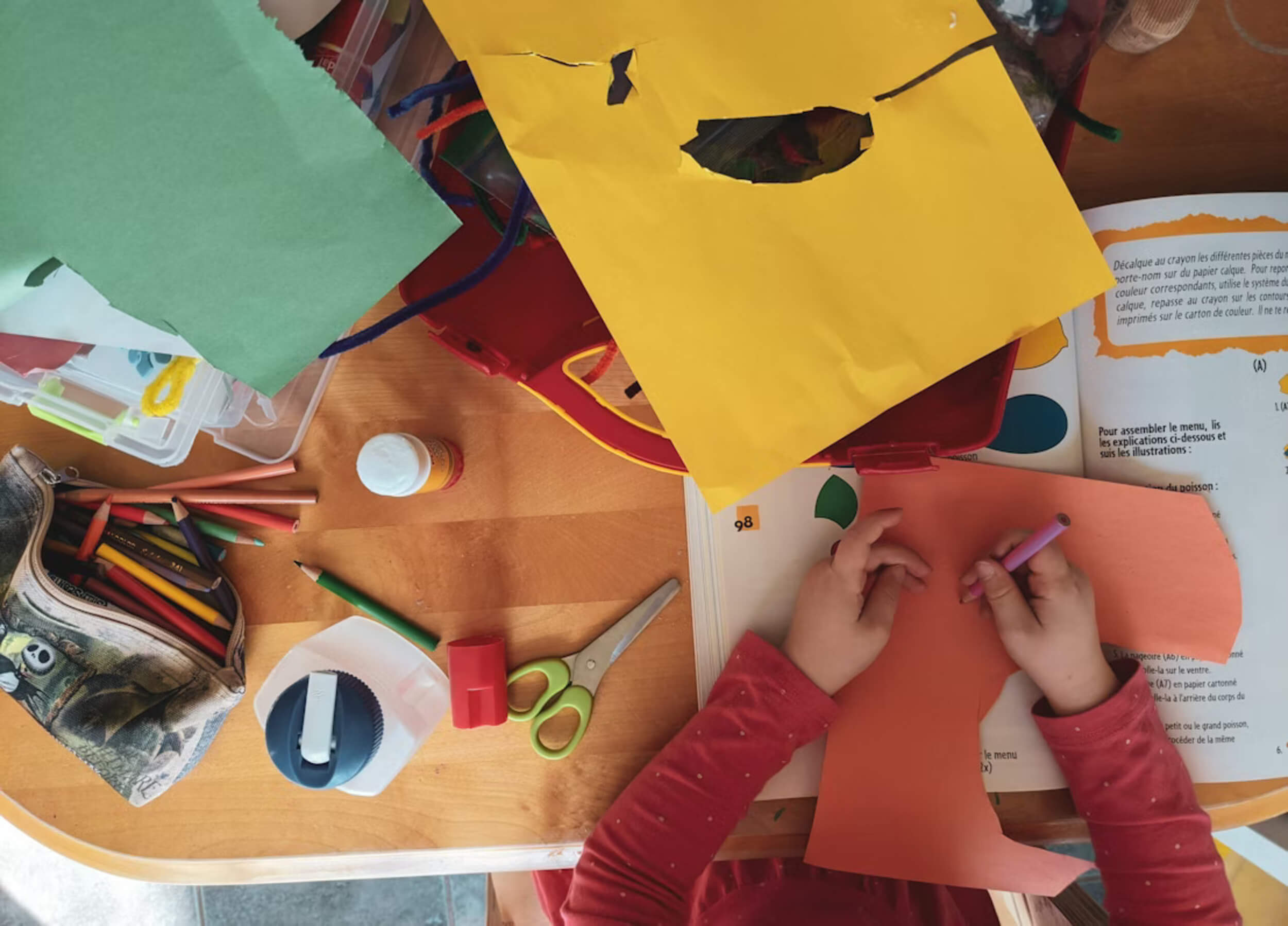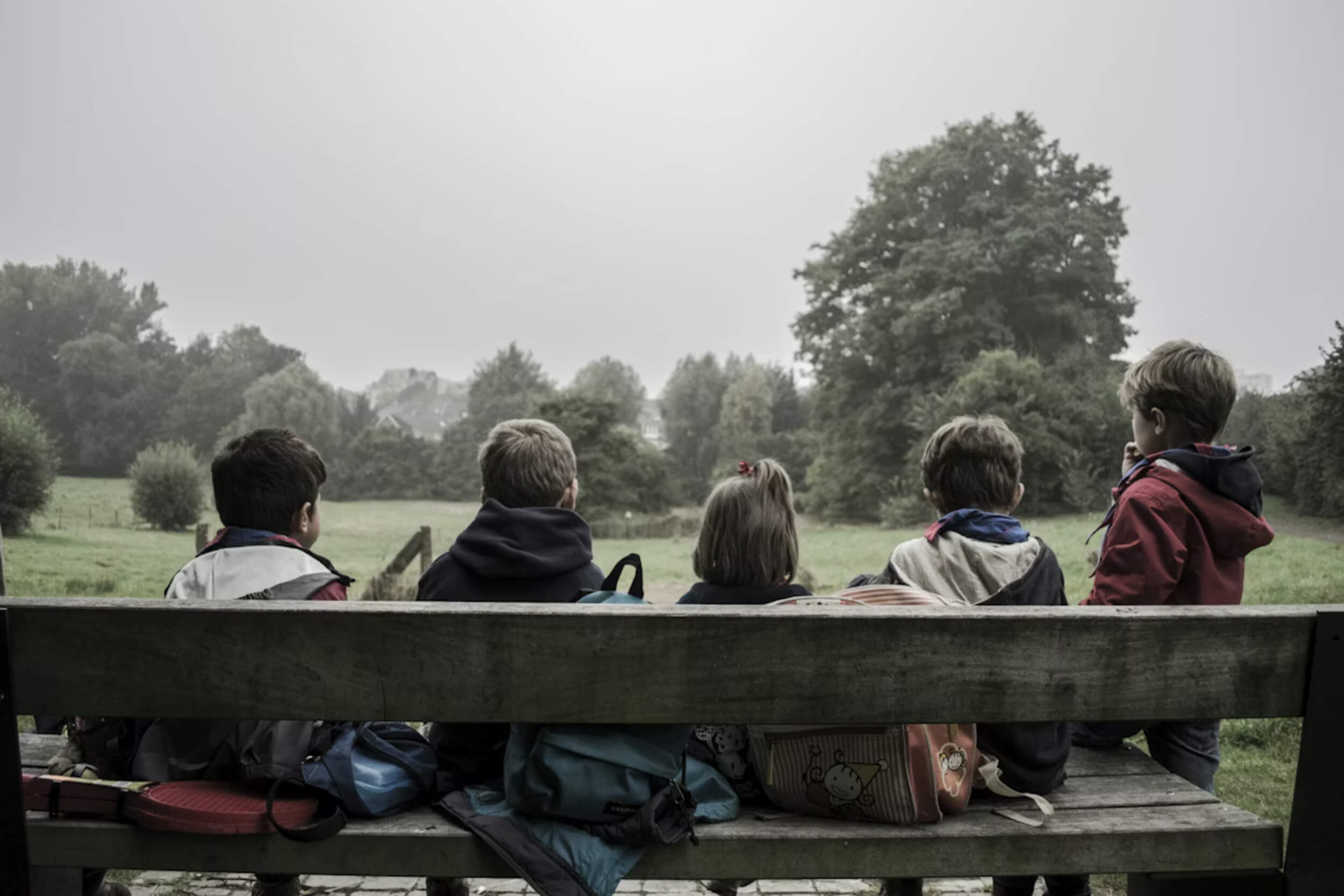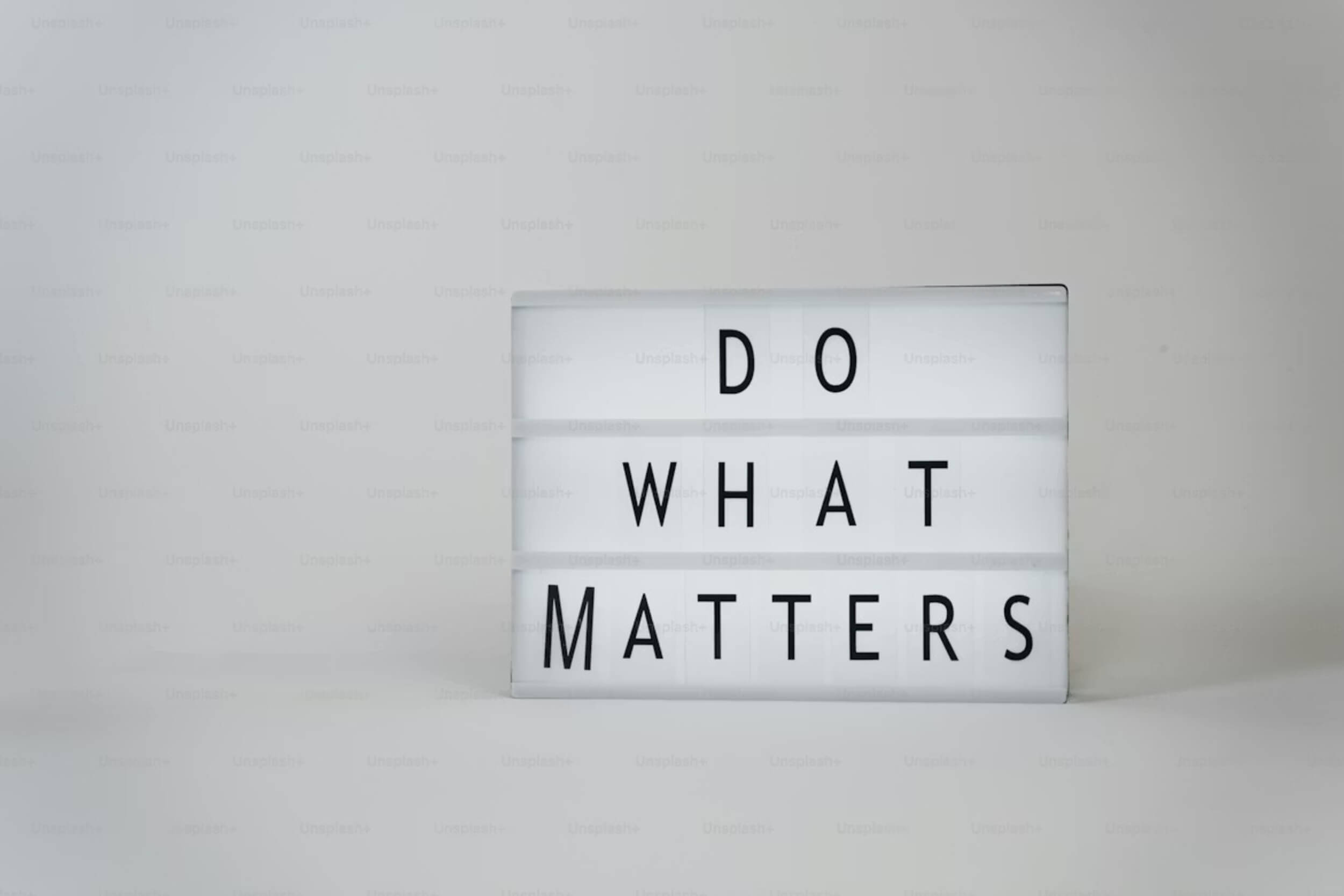Who are you when no one’s around to see? Most people know how to smile for a photo or say the right thing at the right time—but that version isn’t the full story. Beneath the surface, there’s more going on than what others can see.
Every person carries layers of personality that shape how they think, act, and connect. These layers come from a mix of genes, memories, and choices—small moments that build who you’ve become. They hold the quiet reasons behind why you react, care, or stay silent.
Think of it like the rings inside a tree or the layers of sand beneath the ocean floor—each one tells a part of your story. To understand who you truly are, you have to go deeper—one layer at a time.
The Surface Layer: The Face You Show
Everyone has a version of themselves they show to the world. It’s shaped by what people can see — your name, your job, your style, your voice, and how you carry yourself. These are the easy-to-spot parts of your story, the ones that help you “fit in.”
You might be the funny one at work, the dependable friend, or the quiet thinker in a crowd. But these roles are only one layer of who you are — the surface. They help others recognize you, yet they rarely tell the whole truth.
This layer matters because it builds first impressions and connection. Still, it can become a mask when you start believing it’s the full picture. People often forget there’s more beneath the label.
Beneath every practiced smile lies the second layer — the one that moves beneath awareness.
The Second Layer: Habits and Personality Traits
Routines say a lot about a person. How you start your mornings, handle stress, or talk to strangers builds the second layer of who you are. These habits form through repetition — shaped by childhood, family, and the people you spend time with.
Some habits are helpful, like planning ahead or staying calm under pressure. Others can hold you back, such as avoiding hard talks or overthinking small things. Psychologists often link these behaviors to your temperament — whether you’re naturally outgoing, cautious, or flexible.
This layer of personality shows the “how” behind your daily life. It’s the reason your reactions feel automatic or predictable. Changing it takes effort because habits are comfortable — they make you feel like you know yourself.
But traits alone don’t explain why two people with the same habits feel completely different inside — that comes from the third layer.
The Third Layer: Emotions and Inner Narratives
Feelings drive more choices than most people admit. This third layer of personality is where your emotions and inner stories live. They shape how you see yourself and how you respond when life gets hard.
If you grew up in chaos, calm might feel unfamiliar. If you learned that love meant perfection, mistakes may feel unsafe. Emotions are powerful — they carry memories, fears, and unspoken needs.
Everyone has a private voice inside that narrates their story:
- “I always mess things up.”
- “I’m doing my best.”
- “No one understands me.”
Those lines shape your emotions more than any outside event. When you notice them, you begin to understand your emotional patterns — the real reason you react the way you do.
This emotional underworld gives color to your actions — but the story doesn’t stop there.
The Fourth Layer: Core Beliefs and Unconscious Scripts
Underneath emotion lies belief — the quiet script that runs your life. These beliefs aren’t random. They come from years of experience, things you’ve been told, and lessons you didn’t know you were learning.
Some sound like truth:
- “I’m not enough.”
- “Good people don’t fail.”
- “The world is safe.”
Each one shapes how you love, work, and take risks. They tell you what’s possible and what isn’t. Psychologists call them “core beliefs” because they live deep inside the layers of personality and often go unnoticed.
Therapy, journaling, and mindfulness help bring them to light. Once you name a belief, it loses power. Once you challenge it, you begin to grow.
Peeling back this layer often feels like awakening — yet there’s one more foundation beneath even belief.
The Fifth Layer: The Deep Self — Values and Essence
When all the outside noise fades, what remains are your values — honesty, kindness, curiosity, loyalty, or growth. These are part of the deeper layers of personality that define your inner compass.
This is the “you” that doesn’t depend on anyone’s approval. It’s what makes you feel peaceful when your actions match your heart. Many people find this layer during times of loss, change, or reflection.
Values act as your quiet guide:
- They help you decide what matters most.
- They remind you who you are when life feels uncertain.
- They make relationships stronger because they keep you true.
Living by your values means your choices start to feel lighter — not forced.
Once you reach this point, something profound happens — you stop performing and start aligning.
The Sixth Layer: Adaptation and Growth
Change is proof that you’re alive. This sixth layer of personality shows how flexible you can be when life shifts. Personality isn’t set in stone — it grows through learning, reflection, and experience.
Brains adapt. People move, lose, love, and rebuild. Every change adds depth to who you are. Growth comes from self-awareness, therapy, new experiences, or even hard seasons that stretch your limits.
It’s okay to outgrow versions of yourself that no longer fit. Growth means updating old patterns to match the person you’re becoming.
You can’t change the roots, but you can choose the direction your branches reach.
Understanding change is the key to understanding yourself — because your next layer is one you create.
The Seventh Layer: Integration — Becoming Whole
True growth isn’t about erasing your past — it’s about weaving all your layers together. Each one matters: your identity, emotions, beliefs, and values all play a role in who you are.
Integration means accepting every part of yourself — even the ones that once felt uncomfortable. It’s realizing that your story, no matter how messy, has meaning.
Here’s what integration looks like:
- Accepting your background without being defined by it.
- Forgiving yourself for old mistakes.
- Living in line with your truth, not your fear.
When you stop fighting your layers, you begin to feel whole. Integration is the art of wearing all your layers comfortably.
Once you integrate who you’ve been and who you’re becoming, something larger begins to form.
The Eighth Layer: Purpose and Connection
Life feels fuller when your personality connects with something beyond yourself. Purpose is how your inner layers reach outward — through creativity, kindness, or helping others grow.
People express it in different ways:
- Artists turn emotion into art.
- Parents guide their children with care.
- Leaders use values to lift others.
Studies show that having purpose increases happiness and resilience. It helps you bounce back after loss and feel more grounded in daily life.
When your purpose grows from your values, your life gains direction. It’s no longer about what you do, but why you do it.
When purpose takes root, the final layer starts to reveal itself — one that transcends the individual entirely.
The Ninth Layer: Conscious Awareness
Awareness is the quiet space behind every thought — the watcher within you. It’s what notices your emotions without being controlled by them.
This is where peace lives. You don’t have to fix everything or chase perfection. You just have to notice what’s real right now.
It’s the shift from asking, “Who am I?” to “Who is asking?”
People who practice mindfulness or reflection often reach this state naturally. They see their layers of personality without judgment, allowing clarity and calm.
Understanding this doesn’t erase your layers — it illuminates them.
The Final Layer: The Ongoing Mystery
Self-understanding is never finished. Each season adds new layers of personality — more lessons, more depth.
You’ll change, fall, rebuild, and learn again. That’s what being human means.
Growth isn’t about finding one final version of yourself; it’s about staying open to who you’re becoming.
The goal isn’t to peel away the layers — it’s to live them fully, one truth at a time.



